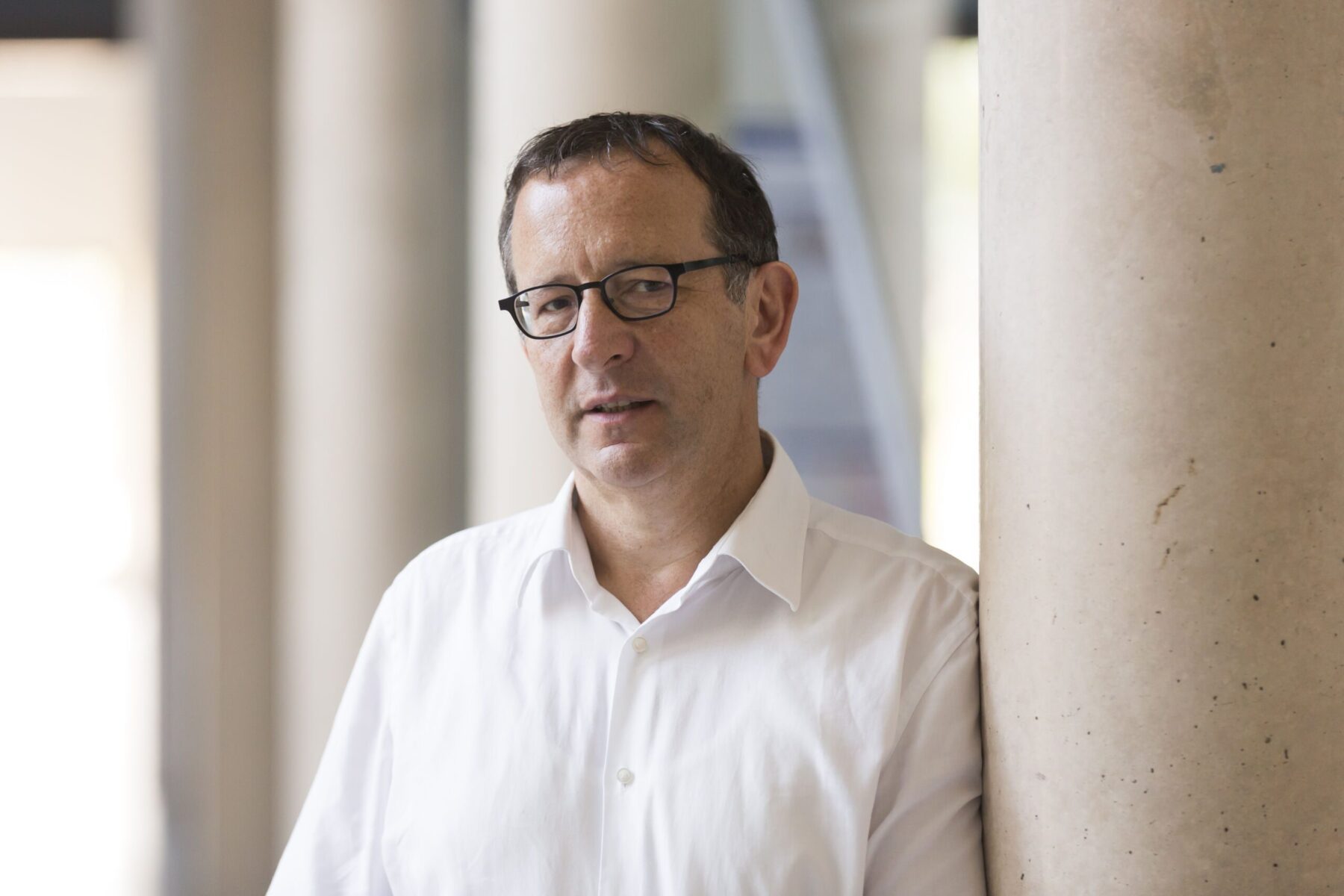
Why this new battery will revolutionise more than e-cars – leading researcher Prof. Dr. Dr. h.c. Markus Antonietti in an interview
Prof. Dr. Dr. h.c. Markus Antonietti is Director of the Max Planck Institute of Colloids and Interfaces and the first German Chemist to have received the worldwide research prizes of the European Research Council (ERC) three times in his lifetime so far. The exceptional researcher received one of the highest European research prizes, the Synergy Grant, for a sustainable battery and, together with his team, prevailed against 440 international research groups. In the interview, he reveals why electric cars are not that important and what the true social vision behind his research is.
Why did you dedicate yourself to research? What is your personal drive?
Science is a vocation. You take on long studies because you are curious and want to solve the riddles of nature. As a top researcher, you are the first to see some puzzles – that is a special fascination. Solving the mysteries of nature is like an addiction, a passion that won’t let you go for the rest of your life.
And what are your main areas of research?
My primary focus is colloid and interface research, which deals with the smallest particles. I also work in the field of sustainable chemistry, where my team and I try to reinvent technical devices so that they become more sustainable.
I am also a director at the Max Planck Institute of Colloids and Interfaces. The institute is part of the Potsdam Science Park, a science location that has the potential to compete globally.
Do you have any examples of applications where your research results could be used in the future?
One example would be the new development of batteries, for which my team and I received the Synergy Grants in 2020.
You are researching this project together with your project partner Patrice Simon from the University of Toulouse and your team. How did you come up with this research project?
Batteries are extremely expensive. Electric batteries in cars, for example, cost a good 30,000 euros, making the battery the most expensive part in the electric car. This is because the battery of current technology was never made for a car and contains expensive elements such as lithium and cobalt. These elements are also politically questionable and toxic. So my task was to develop a battery that is more sustainable and at the same time cheaper.
What is the innovation in the sustainable batteries you developed?
We managed to replace the toxic metals with common salt and carbon. Instead of lithium, we used sodium; instead of the very critical cobalt, charcoal is used. With this approach, we can manage to develop a battery that is ten times cheaper, has more capacity and is more sustainable at the same time. A battery for an electric car would then only cost 3,000 euros.
Would that, in your opinion, accelerate the progress of e-mobility in Germany?
Yes, but electric mobility itself is fundamentally overrated. It is not really important. The entire construction of a car is not made for electromobility.
In which area would the use of the new batteries be more significant?
Quite clearly: in the daily power supply. We have green electricity in abundance due to scientific achievement in recent years with wind and solar energy. Twenty years ago, this could not have been expected. But it must be possible to store this sustainably generated energy. That would be possible if, for example, wind turbines had the appropriate batteries implemented or if every household had its own fridge-sized battery for its own electricity consumption. That is what we want. That is the real social vision.
Can such energy storage systems or batteries be suitable for mass use and is that conceivable in the foreseeable future?
These batteries will indeed be suitable for mass production in three years. Whether they will be produced then is not up to us. That is a political and economic question. This is where the Potsdam Science Park comes into play again. If more entrepreneurs come on site, that could also accelerate such innovation processes.
With all these complex tasks: What does a “typical day” look like for a top researcher like you?
I start my day at 7 a.m. in the office to work on important things in the quiet of the morning. From about 9 a.m. until the afternoon, I take care of my duties as director and am then busy with things that every mother, father or entrepreneur knows: you keep the shop running. My passion is science, but in my function as director (from the Latin dirigere: “to steer, to lead”) I literally point the way. In concrete terms, that means five times eleven hours a week of research, teaching and personnel tasks. In the evenings I enjoy time with my family.
Thank you very much for the interview.
This blog is funded by the European Regional Development Fund (ERDF) and the State of Brandenburg.
Photo 1: Prof. Dr. Dr. h.c. Markus Antonietti © Max Planck Institute of Colloids and Interfaces